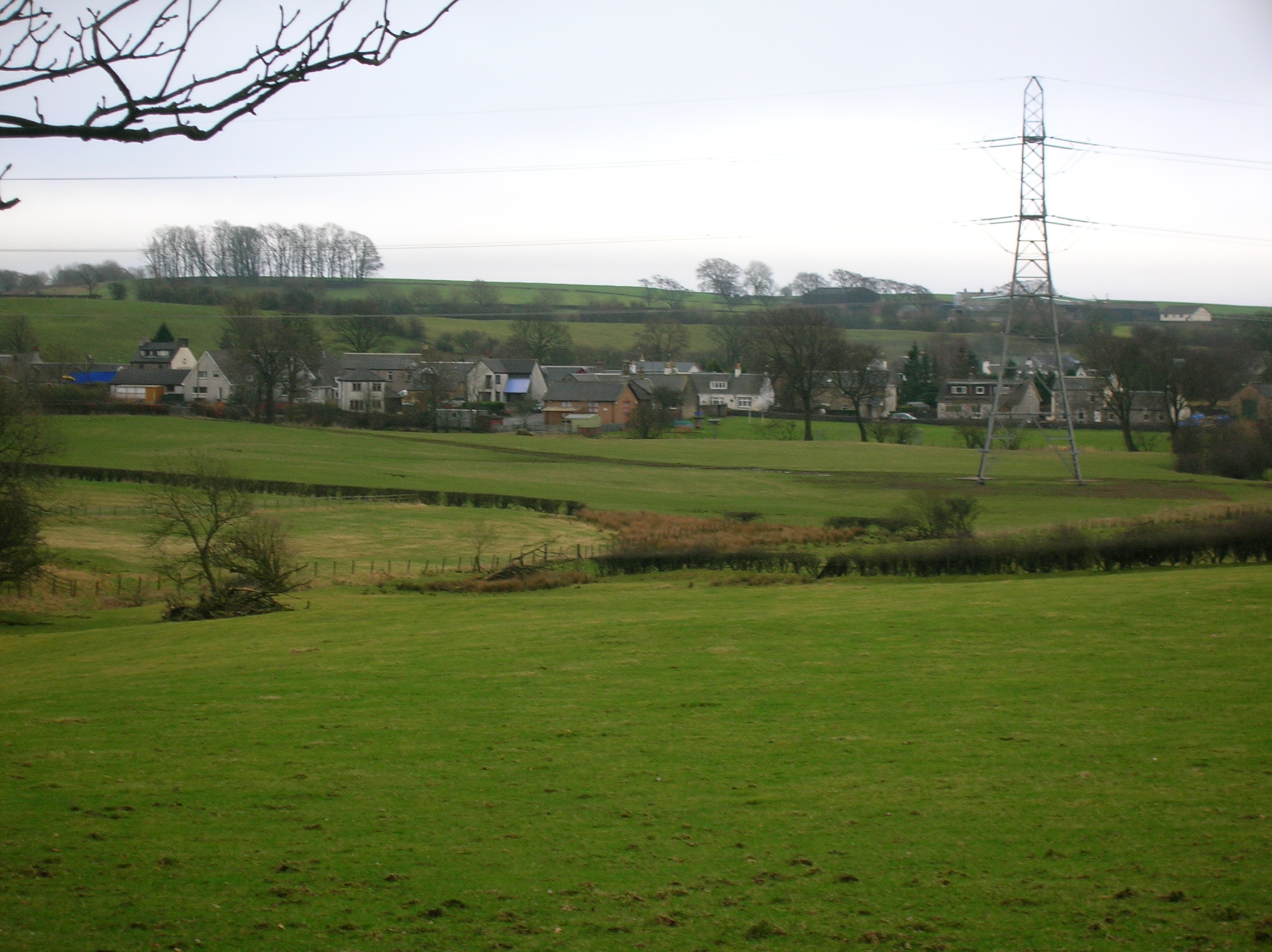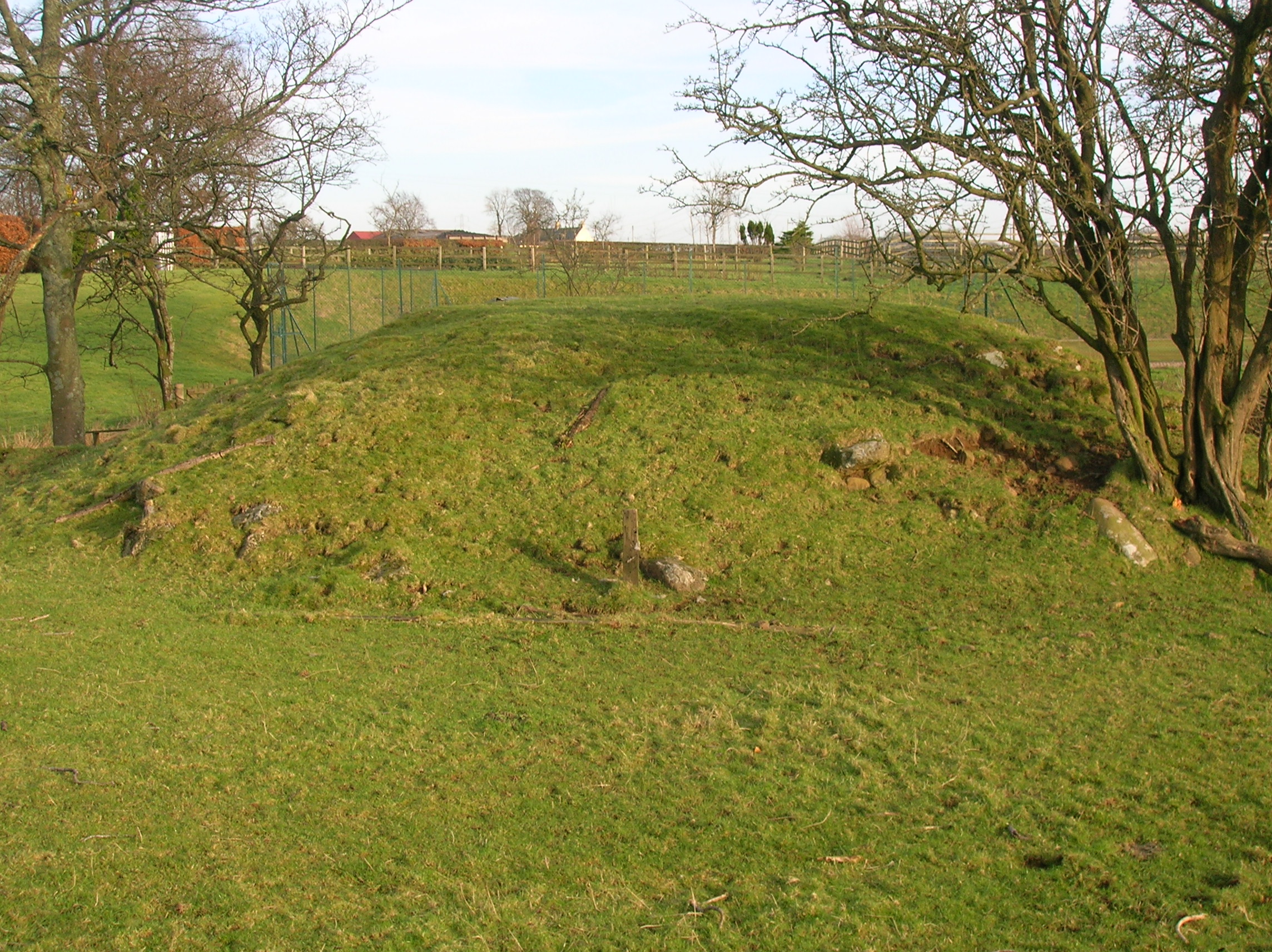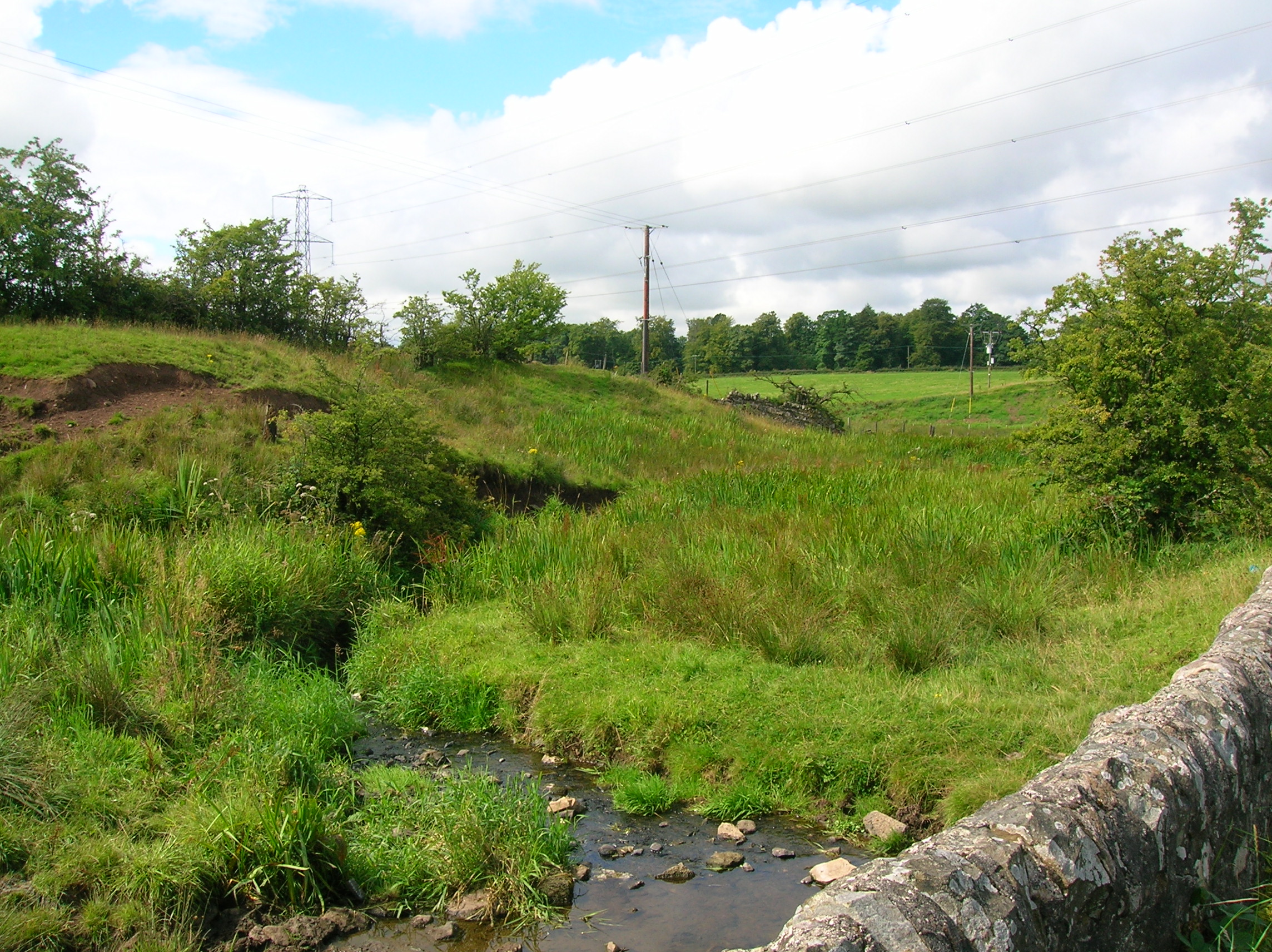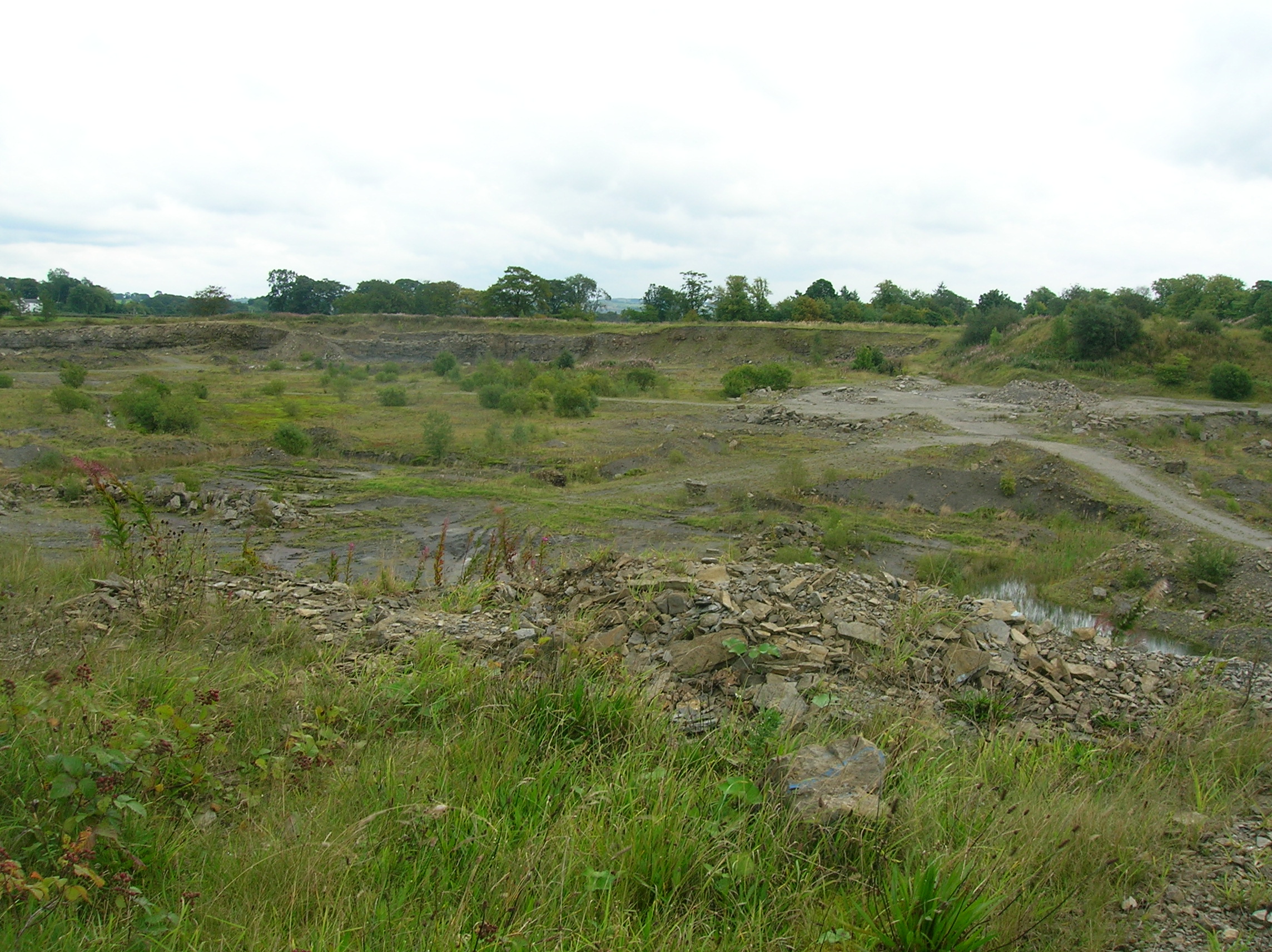Gateside, North Ayrshire on:
[Wikipedia]
[Google]
[Amazon]
Gateside is a small village in
File:Gateside hall.JPG, Gateside Memorial Hall.
File:Isobel Patrick memorial hall.JPG, Memorial to Isabel Ralston Patrick of Trearne who died aged 19 years.
File:Ornate manterlpiece gateside.JPG, A highly carved mantelpiece in Gateside Memorial Hall.
File:Trearne drive.JPG, The old driveway that led to Trearne House.
File:Gateside mainstreet.JPG, The village inn and mainstreet.

 A
A

 The underlying geology of this part of Ayrshire is such that the presence of limestone quarries is to be expected.
The underlying geology of this part of Ayrshire is such that the presence of limestone quarries is to be expected. 
 The Hillhead Railway is shown on the Ordnance Survey (OS) map of 1856, but not on the 1897 edition. The railway ran for several miles across what is now DM Beith land and ended up at first at an unloading point on a siding, where the limestone was emptied directly into standard gauge freight waggons. The map marks a few wooden railway bridges over burns and given the gentle gradients, it may be that the line was at first worked by horses rather than steam locomotives. Later maps show significant changes and record a 'Barkip Junction' and show the line now curving to meet what was by then the Kilbirnie branchline.
Hillhead Quarry was part of the Broadstone Limestone Works and the original Broadstone Farm was entirely lost to the limestone workings. Hillhead Farm was renamed Broadstone; a farm that still exists. Little remains of the railway apart from a shallow cutting running down from near West Broadstone, the overbridge near the old South Windyhouse Farm on the Barrmill Road and the route running to the site of old Barkip Junction.
The old
The Hillhead Railway is shown on the Ordnance Survey (OS) map of 1856, but not on the 1897 edition. The railway ran for several miles across what is now DM Beith land and ended up at first at an unloading point on a siding, where the limestone was emptied directly into standard gauge freight waggons. The map marks a few wooden railway bridges over burns and given the gentle gradients, it may be that the line was at first worked by horses rather than steam locomotives. Later maps show significant changes and record a 'Barkip Junction' and show the line now curving to meet what was by then the Kilbirnie branchline.
Hillhead Quarry was part of the Broadstone Limestone Works and the original Broadstone Farm was entirely lost to the limestone workings. Hillhead Farm was renamed Broadstone; a farm that still exists. Little remains of the railway apart from a shallow cutting running down from near West Broadstone, the overbridge near the old South Windyhouse Farm on the Barrmill Road and the route running to the site of old Barkip Junction.
The old
File:Broadstone Limekiln outward view.JPG, Looking out from one of the limekiln's two lower chambers
File:Broadstone kiln sided on.JPG, A view of the side wall
File:Broadstone quarry older kiln.JPG, Another limekiln which may predate the quarry beneath
File:Broadstone freight line.JPG, The course of the old 'Hillhead Railway' from Barkip Junction to Broadstone limestone quarry
File:Geilsland Lodge.JPG, Geilsland Lodge and main entrance
File:Geilsland House 2.JPG, The side of the house which faces Geilsland Road and Speir's school grounds
File:Geilsland House 4.JPG, The front of Geilsland House showing later alterations
File:Gielsland school Chapel.JPG, The chapel at Geilsland
 * Hill of Beith Castle
*
* Hill of Beith Castle
*
Reek Street, Broadstone Kiln and Jean deerFriends of Spiers BlogRecollections of Gateside in World War 2Cissie Shearer's recollections of Gateside life in the 1920s and 30s.
{{authority control Villages in North Ayrshire History of North Ayrshire Lime kilns in Scotland Garnock Valley
North Ayrshire
North Ayrshire ( gd, Siorrachd Àir a Tuath, ) is one of 32 council areas in Scotland. The council area borders Inverclyde to the north, Renfrewshire and East Renfrewshire to the northeast, and East Ayrshire and South Ayrshire to the east a ...
, Scotland
Scotland (, ) is a country that is part of the United Kingdom. Covering the northern third of the island of Great Britain, mainland Scotland has a border with England to the southeast and is otherwise surrounded by the Atlantic Ocean to ...
about east of Beith
Beith is a small town in the Garnock Valley, North Ayrshire, Scotland approximately south-west of Glasgow. The town is situated on the crest of a hill and was known originally as the "''Hill o' Beith''" (hill of the birches) after its ''Court ...
on the B777.
The village
Gateside Primary School was opened in 1903, and nowadays it has 74 pupils (2009). The school has an extension built in 1998 which provided indoor toilets and a school hall, which is used by the nursery, PE classes, and for school dinners and assemblies. Another extension is to be built soon. The school is very environmentally aware and has achieved itsGreen Flag Award
The Green Flag Award is an international accreditation given to publicly accessible parks and open spaces, managed under licence from the Department for Levelling Up, Housing and Communities, a UK Government department, by Keep Britain Tidy, ...
(2009). Spier's school stood nearby and the grounds are now a public park used by the Gateside and Beith communities.
The Isabel Patrick Memorial Hall is a building in the Gothic style
Gothic or Gothics may refer to:
People and languages
*Goths or Gothic people, the ethnonym of a group of East Germanic tribes
**Gothic language, an extinct East Germanic language spoken by the Goths
**Crimean Gothic, the Gothic language spoken b ...
. Trearne House stood near Gateside, but it was demolished and the site is now a large worked out limestone
Limestone ( calcium carbonate ) is a type of carbonate sedimentary rock which is the main source of the material lime. It is composed mostly of the minerals calcite and aragonite, which are different crystal forms of . Limestone forms w ...
quarry
A quarry is a type of open-pit mine in which dimension stone, rock, construction aggregate, riprap, sand, gravel, or slate is excavated from the ground. The operation of quarries is regulated in some jurisdictions to reduce their envir ...
.
A field behind the primary school was given to the community by the Marshall family who were the village blacksmith
A blacksmith is a metalsmith who creates objects primarily from wrought iron or steel, but sometimes from other metals, by forging the metal, using tools to hammer, bend, and cut (cf. tinsmith). Blacksmiths produce objects such as gates, gr ...
s for many years.
The meaning of Powgree, Gateside's burn, is suggested as being 'Stream of the herd (of deer)'.
Views of Gateside
The Court Hill
Moot hill
A moot hill or ''mons placiti'' (statute hill) is a hill or mound historically used as an assembly or meeting place, as a moot hall is a meeting or assembly building, also traditionally to decide local issues. In early medieval Britain, such h ...
or Court Hill survives near Gateside at Bog hall in the old Barony of Beith. Dobie states that the Abbot of Kilwinning used it to administered justice to his vassals & tenants. It is a sub-oval, flat-topped mound, situated at the foot of a small valley. A number of large stones are visible in the sides of the mound. It is turf-covered, situated on a low outcrop, and is mostly an artificial work. It pre-dates the channelling of the Boghall Burn which detours around it, the mound was probably isolated in this once marshy outflow of the former Boghall Loch (see NS35SE 14). Hill of Beith Castle, a square tower castle, once held by the Cunninghame family, stood near to the moot hill.Smith, John (1895). Prehistoric Man in Ayrshire. Pub. Elliot Stock. P. 81.
Boghall Loch
Loch Brand or Bran was the name by which Boghall Loch was formerly known. The loch, drained in 1780, is one of the main sources of the Powgree Burn and lay on the lands of Boghall and Hill o'Beith. In the bottom of the loch piles, stakes of oak or elm have been found and it is thought that these may be the remains of crannogs. The site is now represented by a low, marsh and reed covered area (less than 2 ha in extent) centred at NS 358 543 on the OS map. The loch was once the property of the monks of Kilwinning Abbey and it is recorded that in 1482 the monks took legal action against the Montgomeries of Giffin Castle and James Ker who were accused of ''dangerous destruction and down-casting of the fosses and dikes of the loch called Loch Brand.'' It is not recorded what effect these actions had upon the size and depth of the loch.Boghall Farm
This old habitation, marked as Boighall on a 1654 map, was the home to the mother, Janet Pollock, ofRobert Tannahill
Robert Tannahill (3 June 1774 – 17 May 1810) was a Scottish poet of labouring class origin. Known as the 'Weaver Poet', he wrote poetry in English and lyrics in Scots in the wake of Robert Burns.
Life
Robert Tannahill was born in Castle St ...
the 'Weaver Poet'.
Limestone and marble
Lime kiln
A lime kiln is a kiln used for the calcination of limestone ( calcium carbonate) to produce the form of lime called quicklime (calcium oxide). The chemical equation for this reaction is
: CaCO3 + heat → CaO + CO2
This reaction can take pla ...
s to produce quicklime
Calcium oxide (CaO), commonly known as quicklime or burnt lime, is a widely used chemical compound. It is a white, caustic, alkaline, crystalline solid at room temperature. The broadly used term "'' lime''" connotes calcium-containing inorganic m ...
for improving the soil, were a common feature of the countryside before the process became fully industrialised. Nettlehirst
Nettlehirst or Nettlehurst was a small mansion house (NS365504) and estate in the Parish of Beith, near Barrmill in North Ayrshire, Scotland. The house was built in 1844 and burned down in 1932.
Nettlehirst House and estate
The 1856 OS map shows ...
near Barrmill was one of the last large traditionally operated lime kilns to operate, surviving until the 1970s. However, Broadstone has the substantial remains of one of the largest of the early stone built kilns. This must have created considerable pollution in the area, offset only by the employment it created. It sits right next to the limestone quarry which supplied it. The road running past is still known as 'Reek Street'.
The narrow gauge and single track 'Hillhead Railway', once ran from the Hillhead Limestone Quarries at Broadstone, down to the railway near Brackenhills railway station
Brackenhills railway station was a railway station approximately one mile south-west of the town of Beith, close to Barkip, North Ayrshire, Scotland, part of the Lanarkshire and Ayrshire Railway.
History
The station opened on 1 September 19 ...
on the old line from Giffen to the Glengarnock Steel Works, later the Lanarkshire and Ayrshire Railway
The Lanarkshire and Ayrshire Railway (L&AR) was an independent railway company built to provide the Caledonian Railway with a shorter route for mineral traffic from the coalfields of Lanarkshire to Ardrossan Harbour, in Scotland.
It opened in ...
branchline to Kilbirnie South. The branchline to Beith via Barrmill did not exist at the time of the lines construction, not opening until 1873. A railway bridge was built to carry the Hillhead Railway over the new line and it must therefore have been fully active at that time.
Ordnance Survey
Ordnance Survey (OS) is the national mapping agency for Great Britain. The agency's name indicates its original military purpose (see ordnance and surveying), which was to map Scotland in the wake of the Jacobite rising of 1745. There was a ...
maps show that a marble quarry was located nearby, being an especially hard form of limestone that could take a 'polish' and was used extensively for window and door surrounds.
Views of Broadstone's industrial archaeology remains
Geilsland House and School
Geilsland House is part of Geilsland school, run by theChurch of Scotland
The Church of Scotland ( sco, The Kirk o Scotland; gd, Eaglais na h-Alba) is the national church in Scotland.
The Church of Scotland was principally shaped by John Knox, in the Reformation of 1560, when it split from the Catholic Church ...
under its 'Crossreach' initiative. The name is pronounced 'Jillsland' locally. The origin of the name may refer to a gil or gyll, referring to a cleft or ravine as found at the 'Fairy Glen' where the Powgree Burn cuts through the fields.
Geilsland school, run by the Church of Scotland
The Church of Scotland ( sco, The Kirk o Scotland; gd, Eaglais na h-Alba) is the national church in Scotland.
The Church of Scotland was principally shaped by John Knox, in the Reformation of 1560, when it split from the Catholic Church ...
, is located nearby.
The Gunn family
Gilbert Gunn was a well known railway contractor from Gateside and, in the early years of the 20th-century, was said to be one of Scotland's strongest men. For a bet, he had once carried a cheese, a ham, and a lade of meal for nearly .House, Jack (1984). ''Murder Not Proven''. Glasgow : Richard Drew Publishing. . Page 124 Gilbert and his wife Jane Speir were the parents ofMary Gunn
Mary Davidson Gunn (15 March 1899 – 31 August 1989) was a South African librarian and biographer who developed and expanded the Mary Gunn Library into one of the most important resources on botany and biodiversity in Africa.
Early life
Gun ...
who was the victim of an unsolved murder at Northbank Cottage near Portencross
Portencross ( gd, Port na Crois) is a hamlet near Farland Head in North Ayrshire, Scotland. Situated about west of Seamill and about south of Hunterston B nuclear power station, it is noted for Portencross Castle.
It has two harbours and a ...
that took place in 1913.
See also
Hessilhead
Hessilhead is in Beith, North Ayrshire, Scotland. Hessilhead used to be called Hazlehead or Hasslehead. The lands were part of the Lordship of Giffen, and the Barony of Hessilhead, within the Baillerie of Cunninghame and the Parish of Beith. ...
*Barony and Castle of Giffen
The Barony of Giffen and its associated 15th-century castle were in the parish of Beith in the former District of Cunninghame, now North Ayrshire. The site may be spelled Giffen or Giffin and lay within the Lordship of Giffin, which included the ...
*Barrmill
Barrmill is a small village in North Ayrshire, Scotland about east of Beith on the road to Burnhouse and Lugton. Locally it is known as the ''Barr''.Reid, Donald L. (2009). ''Discovering Matthew Anderson. Policeman-Poet of Ayrshire''. Beith : C ...
*Barony of Ladyland
The Barony of Ladyland was in the old feudal Baillerie of Cunninghame, near Kilbirnie in what is now North Ayrshire, Scotland.
The history of the Barony of Ladyland
In the Parish of Kilbirnie were three baronies, Kilbirnie, Glengarnock a ...
* Broadstone, North Ayrshire
References
External links
Reek Street, Broadstone Kiln and Jean deer
{{authority control Villages in North Ayrshire History of North Ayrshire Lime kilns in Scotland Garnock Valley